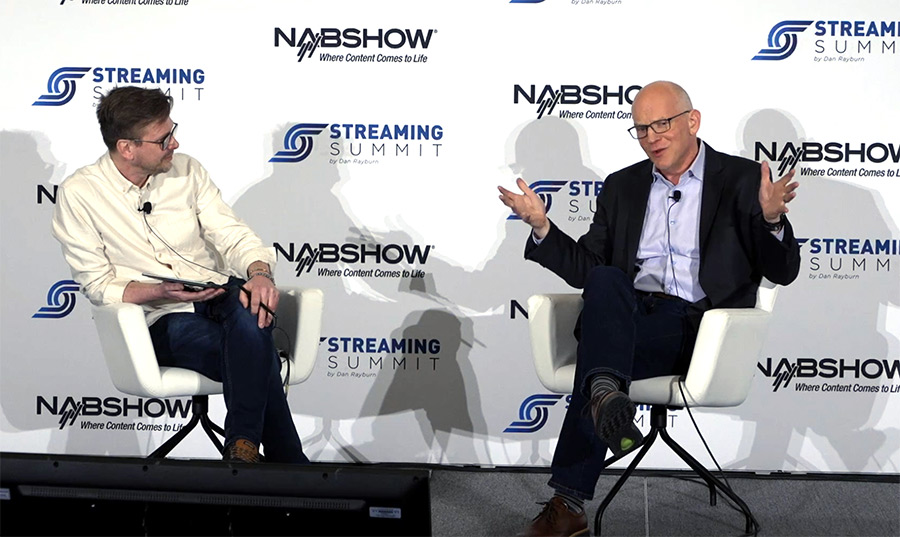The media industry’s relationship with the cloud is broken. Yes, there has been a rapid evolution of competitive services and a heavy emphasis on the ‘need for speed’ when delivering new service and feature rollouts. But many of the current approaches to using the cloud for media services fail to leverage some of the major benefits that a cloud solution can bring. As such, there is an urgent need for a new approach to the relationship between technology vendors, customers, and cloud service providers (CSP).
This reality comes at a time when cloud technology is fast becoming the standard approach for new media service deployments. Research from Markets and Markets forecasts cloud-based video streaming solutions to grow at a CAGR of 20.9% from 2020 to 2025. With most media organizations now having relationships with one or multiple CSPs in their own right, understanding what deployment and operational models are available is vital.
Modernizing cloud deployments
The cloud offers some clear benefits in enabling broadcasters, operators, and content owners to deliver their media services. They include:
- Decoupling infrastructure lifecycle and deployment from traditional approaches
- Providing flexibility of scaling or usage
- Optimizing their cost of ownership.
But beyond those listed above, there is also a need to understand what new cloud operational methodologies could mean for their business and how they impact their existing infrastructures and relationships with vendors.
Adoption of approaches such as Continuous Integration and Continuous Release (CI/CR) and combined Development and Operations (DevOps) have accelerated within modern cloud deployments. But although we see some media organizations already leveraging DevOps internally due to its ability to accelerate deployment and increase robustness, it’s not unusual to revert to the traditional approach when integrating third-party components and solutions.
MediaKind has launched a new application paper, ‘Media in the Cloud: The evolution of operational models from on-prem integrations to Managed Cloud Applications,’ which sets out the various options for deployment and operational models and the pros and cons of each. We hope by doing so, broadcasters and operators can understand how to best manage their relationships with CSPs while using technology vendor expertise in the most efficient and productive way. You can download it here.
MediaKind’s Managed Cloud Applications (MCA)
The paper introduces a new operational pattern that MediaKind has developed, called Managed Cloud Applications (MCA). These are a form of commercial and deployment models for cloud-based software, lying between Software-as-a-Service (SaaS) and software subscription models.
In an MCA deployment, the software is deployed and managed by MediaKind but within a customer’s own cloud account. This has the benefit of using a customer’s preferred CSP vendor, typically being selected as part of a wider company transformation, while taking advantage of agreements and spending commitments with that CSP for media applications.
MediaKind ensures the service is monitored and available, software versions are kept updated, and the overall lifecycle of the solution is well managed. Not only does this make sense, given our existing expertise in software maintenance, but it also avoids unnecessary costs for the customer who would otherwise need to recruit specialist internal staff. What’s more, it allows automation of maintenance operations, reducing errors and costs while enabling updates to be done remotely.
It’s something we’ve developed in close partnership with our customers and partners, including our recent joint service proposition with Arqiva to address cloud migration and cloud delivery challenges for broadcasters and operators.
What MCA means for broadcasters and operators
In the coming weeks, we’ll be taking a deeper dive into what MCA means for two of our customer segments – broadcasters and operators – in further blog posts. Meanwhile, to learn more about the logistics, challenges, and opportunities of cloud deployment and operational options, have a read of our latest application paper below. Likewise, if you have any questions or would like to talk through our MCA approach, please feel free to DM me on LinkedIn.



